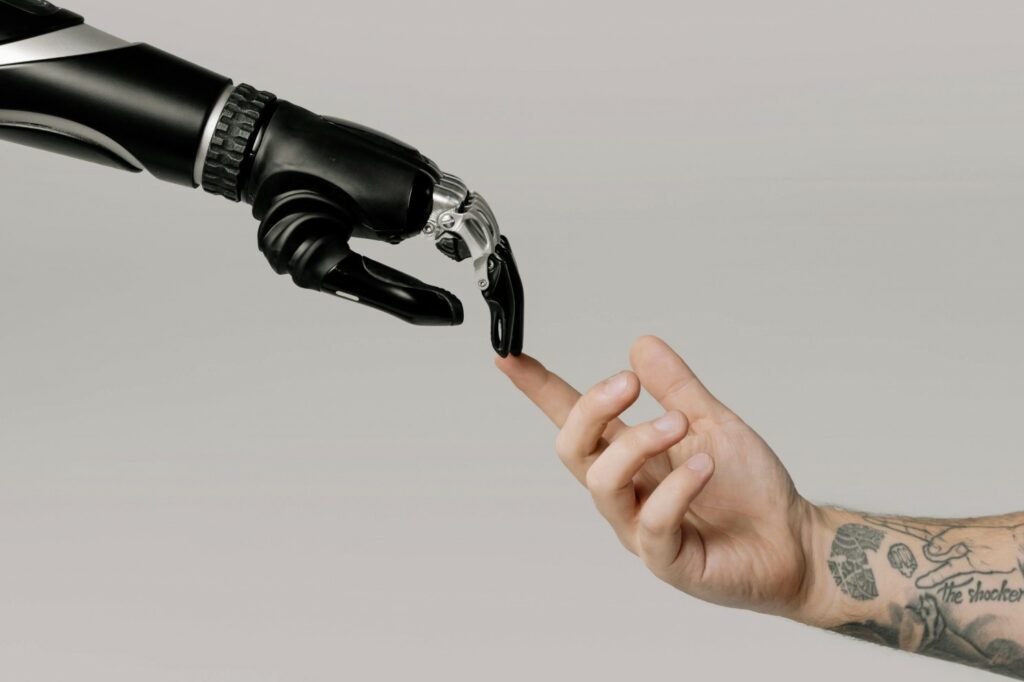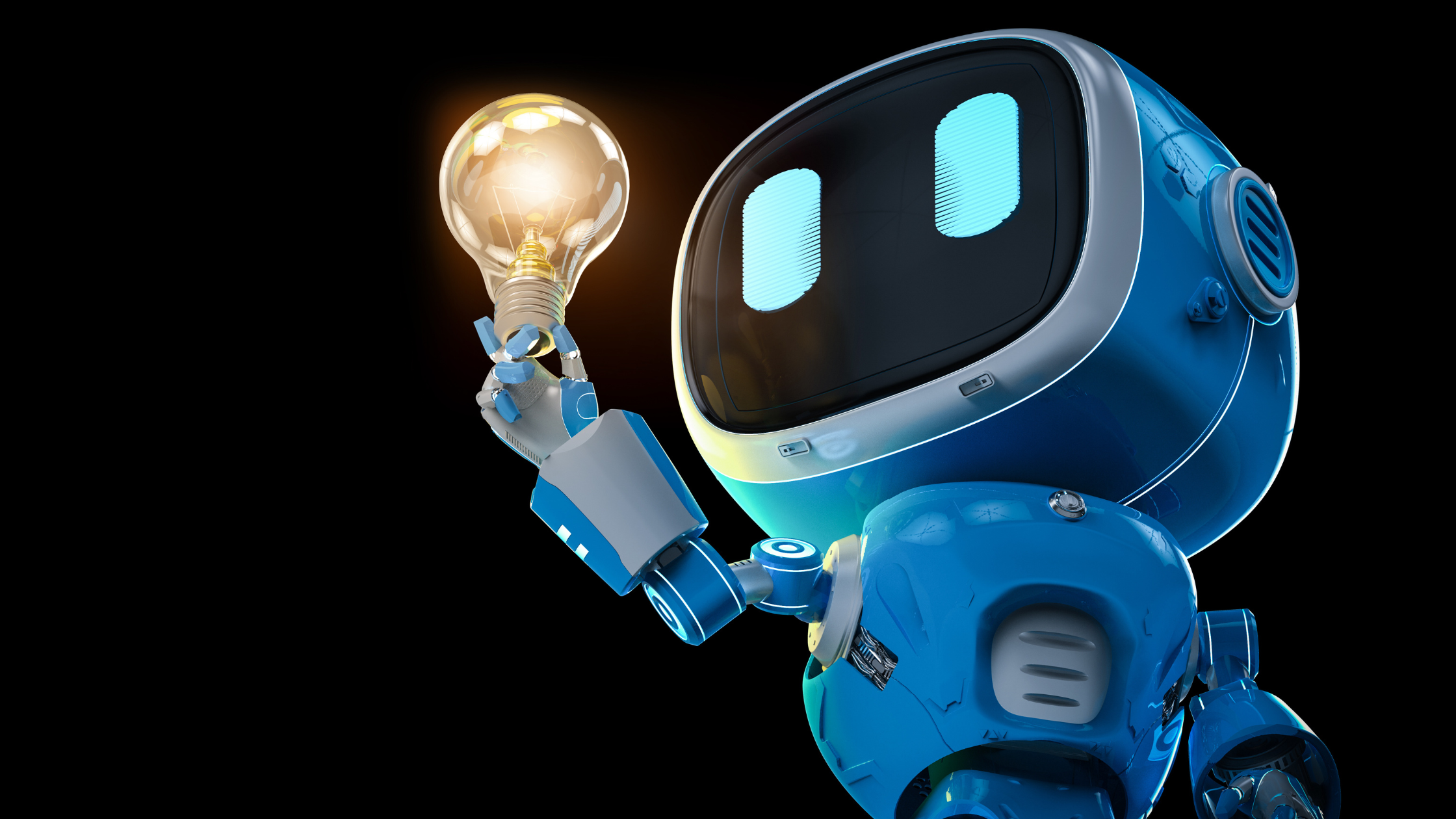AI has gone from a far-out idea to an everyday reality shockingly fast. With huge strides in machine learning, language processing, and computer vision, it is shaking up industries and changing how we live.
In 2024 some seriously exciting AI trends are set to shape the future. Let’s take a quick look back at AI’s history, break down the main types of AI, and explore the top trends poised to dominate the AI sphere. Keep reading!
The Briefest History of Artificial Intelligence
Way before AI was mainstream, researchers in the 1950s started exploring if machines could ever match human intelligence. Back then they were doing basic things like trying to get computers to play checkers or prove logic theories. But the technology was so limited that early AI systems could only handle toy problems. For instance, in 1955 Allen Newell and Herbert Simon created the Logic Theorist – one of the first AI programs. But it could only prove 38 of the 52 theorems in Principia Mathematica. And it took about 8 minutes to work through a single theorem on the IBM 704 mainframe computer.
So progress crawled along for decades due to inventions like vacuum tube computers that would blow a fuse if you made a programming mistake. They just didn’t have the computing power or enough digitized data to mimic human intelligence. But once transistors became a thing and datasets started exploding from the digital age. AI finally started gaining some real momentum and breakthroughs in tech and the explosion of data in recent years have catapulted AI into the public consciousness.
To get what’s going on in AI now, you have to know the core types:
- Narrow AI handles specific tasks incredibly well. Think Siri, Alexa, self-driving cars. It rocks at particular jobs but can’t expand beyond its data.
- General AI is more of a sci-fi concept – machines with human-like smarts that can learn and apply knowledge. We’re not there yet, but serious progress is happening to inch us closer to this long-term goal. Think about Jarvis/Vision from Marvel Comics and the Avengers movies or Ava from Ex Machina. They demonstrate the ability to interact naturally via speech, understand context and nuances, and make complex autonomous decisions.
So with the backstory covered, let’s jump into the game-changing AI trends poised to drop in 2024!
Top AI Trends in 2024
1. Next Generation Generative AI
In 2024, versatile generative AI models like DALL-E 2 and ChatGPT are becoming accessible to organizations of all sizes. These technologies can generate creative content and text, taking on a variety of helpful roles. A new era is dawning where AI tools boost productivity for solo creators, marketing teams, biotech startups and more by automating repetitive tasks.
With customizable, affordable options, companies can harness AI for branding projects, accelerating drug discovery and much more. The impressive capabilities of models like these foreshadow innovative applications across sectors as the technology spreads. Teams will combine human creativity and AI productivity to reach new heights.
When we say “customized” with AI, we mean tailoring a solution to match a company’s specific situation. For example, adapting a language model like GPT to really grasp a certain industry’s lingo, leverage a company’s own data, and align with their workflows.
On the flip side, “generic” AI means more of an off-the-shelf solution designed to flex across different cases. The model works decently well for common tasks, but doesn’t have specialized company-specific intel baked in.
2. Augmented Working
2024 will usher in a new era of human-AI collaboration in the workplace. AI tools that boost productivity and streamline teamwork will allow people to focus their energy on creative tasks and complex decision-making. As algorithms automate routine work, humans will be empowered to spend more time on the parts of their jobs that most require human perspective, insight and imagination.
 The future promises workplaces where human and artificial intelligence complement each other beautifully. It’s fair to say that for each opportunity for full automation and job replacement there are 10 opportunities for collaboration between people and AI.
The future promises workplaces where human and artificial intelligence complement each other beautifully. It’s fair to say that for each opportunity for full automation and job replacement there are 10 opportunities for collaboration between people and AI.
Just a few examples:
- For quality control in manufacturing, AI cameras can easily spot defects in products coming off the line. But you still need experienced technicians to make the tough calls in tricky situations. It’s a case of AI flagging potential problems so the techs can step in to verify and decide. Makes the process smooth and thorough!
- In healthcare, AI algorithms can analyze X-rays and scans to detect issues and suggest diagnoses. But we still want doctors bringing their expertise and bedside manner when treating real patients! So it’s about AI making doctors faster and more accurate, while they keep that human touch.
- AI investment tools crunch market data to optimize portfolios and gauge lending risks. Yet only a human advisor understands emotions and long term goals for clients. The winning combo is AI analytics to inform the personalized advice from financial planners.
- For legal work, AI can dig through oceans of case files and flag meaningful bits. But you need sharp lawyers to interpret nuances and argue persuasively in court. So it’s lawyers leveraging AI to enhance research, freeing up mental bandwidth for strategy and client interactions.
There are just so many opportunities like these opening up! At the end of the day, it’s about bringing together the precision of AI with uniquely human strengths like creativity, empathy, and ethics.
3. Ethical AI and Responsible AI Development
As the use of AI becomes more widespread, there is an increasing concern about the ethical implications and biases associated with AI algorithms. Statistics show that 85% of organizations believe AI will offer a competitive advantage, but only 42% have established ethical frameworks to guide the development and deployment of AI systems.
In 2024, you can expect a strong emphasis on the development of Ethical AI frameworks and Responsible AI Development practices. Companies will be required to prioritize transparency, fairness, and accountability in their AI algorithms to avoid perpetuating biases and discrimination.
4. AI Legislation
As artificial intelligence becomes deeply integrated across public and private sectors, regulatory scrutiny around ethical risks and potential damages has sharpened.
I expect 2024 will usher frameworks to govern responsible development and application of AI systems. Policy interventions by state bodies like the EU’s AI Act signal geopolitical priorities shifting to cradle innovation while addressing socio-technical challenges through formal legislation rather than voluntary principles.
5. Multimodal AI
AI is evolving to better understand the world like humans do. This means systems that can process inputs across text, images, speech and more to form unified connections. For example, a voice-activated home assistant could remember prior conversations, correctly respond to combination speech and gestures, and apply learnings from one mode to another.
As AI becomes multimodal – understanding via different senses – it becomes better grounded in real-world context. This allows more relatable and helpful AI applications in daily life. Systems equipped with integrated text, visual and auditory understanding can interact with people and environments more naturally.
6. AI-Powered Automation
Automation has been a key driver of efficiency across industries, and AI is taking it to new heights. In 2024, AI will continue to automate routine, repetitive tasks, enabling human workers to focus on more complex and creative endeavors.
With the combination of AI and Robotic Process Automation (RPA), businesses can achieve unprecedented levels of efficiency and productivity.
Additionally, AI is utilized in healthcare to assist in diagnosing diseases and developing personalized treatment plans. It is applied in the field of finance to detect fraudulent activities and improve risk management. Furthermore, AI-powered virtual assistants like Siri and Alexa will become even more popular, providing users with voice-activated control over various devices and services.
7. Quantum AI
Quantum computing is poised to revolutionize AI by solving complex problems faster and more efficiently. It is this new type of computer science that taps into quantum mechanics. Instead of regular bits that are either 1 or 0, quantum computers use quantum bits or qubits that can be 1 and 0 at the same time.
Now, researchers are fusing quantum computing with AI — birthing the epic combo of Quantum AI! They’re working on quantum versions of AI algorithms that promise to speed up machine learning by a gazillion times. Companies like IBM and Google are now building the hardware for this — with quantum processors and error correction to make Quantum AI a reality. It’s still early days, but the Quantum AI revolution is underway.
Wrap Up
2024 is going to be a thrilling ride for AI. From revolutionizing healthcare to powering industries at the edge of connectivity, AI innovation is going into overdrive. More nimble language models and automation will help catapult human creativity and potential.
And we’re just getting started on the possibilities. AI still needs a guiding hand to grow responsibly so the benefits reach far and wide.
The future looks bright. AI promises to lift more voices, connect ideas globally, and push the boundaries of human achievement.
Peter Ivanov demystifies AI for Managers and Organisations, guiding them to unleash Extraordinary Business Value!
demystifies AI for Managers and Organisations, guiding them to unleash Extraordinary Business Value!
Peter brings the latest AI trends from Silicon Valley, holds an MIT ‘AI Strategy’ certificate and collaborates with leading players in the AI landscape.
Are You Ready or Under Risk? Please take the AI Readiness Assessment



